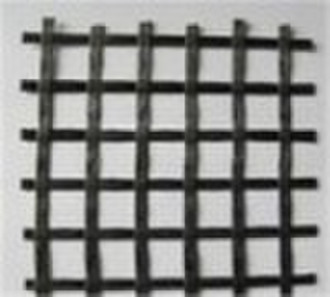50KN/m--50KN/m Fiberglass Geogrid

jianlin qi
联系人姓名
基本信息
Properties:1) High tensile strength: the strength-to-weight ratio of fiberglass is greater than that of plain carbon steel. At 20oC, the ratio of its elastic modulus to that of asphalt concrete is 20:1. Thus it is strong enough to prevent deflection cracks.2) Low elongation: the fiberglass grid stress diagram shows as a vertical straight line, which indicates that its ability of deforming resistance is very high and its break elongation is less than 4%.3) Creep resistance: fiberglass grid is not subject to creep, unlike many other materials. When bearing a load for long periods, fiberglass grid will not permanently deform.4) Chemical compatibility with surfacing materials: Fiberglass grid is coated with an inorganic sizing that makes it chemically compatible to all the materials used in surfacing mixes.5) Wide temperature range: the melting point of fiberglass is 1000C, while that of hot asphalt is 160C. Therefore, fiberglass grid is unaffected by the highest temperatures experienced in road surfacing. It is also unaffected by low temperatures and retains its strength in temperatures as low as 100oC. Unlike other materials such as carbon fiber, Kevlar fiber,steel rib and plaster fiber, the elastic modulus of fiberglass is not affected by temperature change.6) Physical and chemical stability: fiberglass grid is treated with special inorganic sizing that makes it very resistant to physical wear and a wide range of corrosive environments created by chemical, biological and climatic changes. 7) Nesting, interlock and restraint effects: asphalt road mix extrudes pls feel free to contact me ,Sunny Shi .
交货条款及包装
Packaging Detail: Standard Export Packing. Or Packed as customers' requests. Delivery Detail: within 15 days after receiving the deposit
端口: QingDao
付款条款
Letter of credit
Telegraphic transfer
-
支付方式
我们接受:









